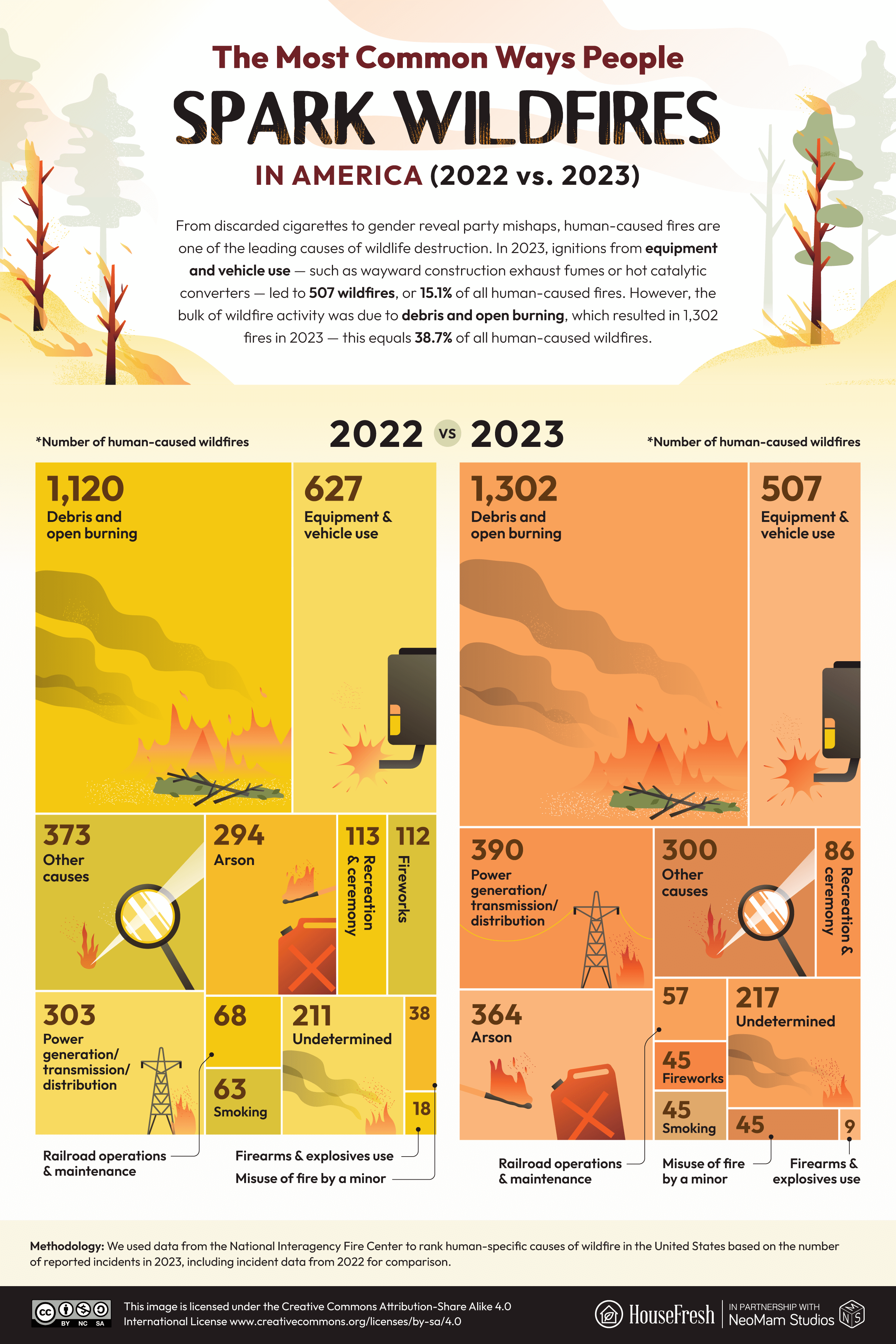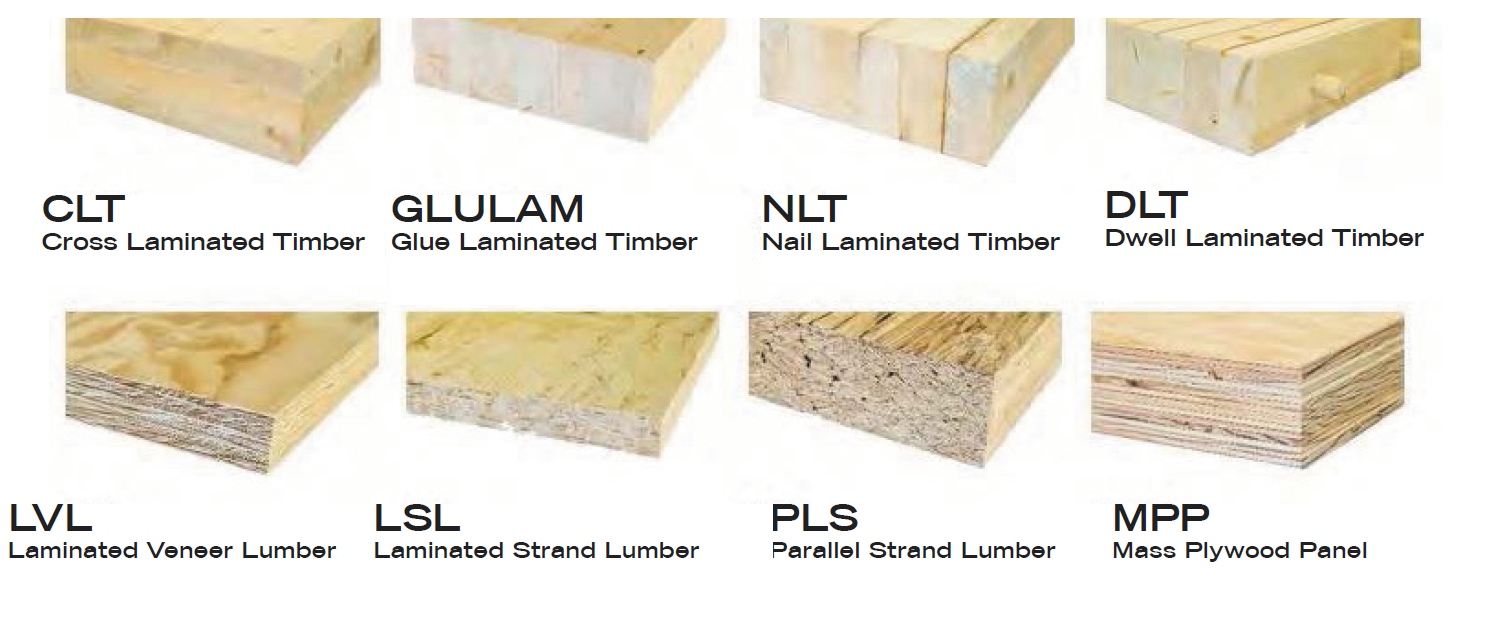
A little weekend reading.
FOREST SERVICE
Notice of Intent to Sue
On March 25, the Center for Biological Diversity notified the Forest Service and Fish and Wildlife Service of its intent to sue for failing to initiate consultation on its ongoing actions that may affect the coastal pine marten, listed as threatened in 2020. They specifically target “rampant, unchecked off-road vehicle (“ORV”) use” in the Oregon Dunes National Recreation Area, and suggest that the Forest Service should “put up fencing to protect marten habitat, and more signage or enforcement of noise limits that could disrupt the martens’ critical day-to-day behaviors.” The press release includes a link to the Notice; additional background is provided here.
New lawsuit
A new lawsuit has been filed against the Beaverhead-Deerlodge National Forest because it relocated a repeater antenna to a designated Wilderness Study Area. The Forest’s decision was apparently based on a categorical exclusion for repair and maintenance of an administrative site. No news sources without a paywall seem to have covered this story, but background was previously provided here.
Court decision in Greater Hells Canyon Council v. Wilkes (D. Oregon)
On March 29, the district court issued an order supporting the findings of the magistrate judge, previously discussed here. The court said the Forest Service evaluation of eliminating the 21 inch diameter limit on logging in eastern Oregon and Washington “failed to take a hard look at the amendment’s change and its impact on aquatic species.” We have already discussed the court’s decision here. (Press coverage seems surprisingly limited, and I have not seen the actual order.)
Court decision in Friends of the Crazy Mountains v. Erickson (9th Cir.)
On April 8, the circuit court affirmed the district court’s ruling that the Forest Service had complied with NEPA requirements for specificity for this 2018 decision long ago because, “Both the 2006 EIS and the 2009 EA gave reasonable notice that the 2018 trail reroute fell within their respective scopes.” Plaintiffs had failed to challenge those actions at the time. The article includes a link to the opinion. We covered the beginnings of this case here.
BLM/NPS
Court decision in Dakota Resource Council v. U. S. Department of Interior (D. D.C.)
On March 22, the district court upheld BLM’s compliance with NEPA and FLPMA for six oil and gas lease sales affecting nearly 120,000 acres in Wyoming and another 10,000 in several other states. The court specifically rejected the plaintiff’s arguments that the BLM should combine all leases within each quarter in one decision process instead of separate EAs. With regard to greenhouse gas issues, the court said:
“Operating at the frontiers of science, BLM reasonably exhausted available tools to analyze the lease sales’ environmental consequences: It estimated the amount of GHG emissions from the lease sales; placed those projections in proper perspective; monetized the social cost of the emissions; described why it cannot predict the on-the-ground effects that this level of GHG emissions will have on the local ecosystem or global environment; and explained why, absent a government carbon budget or similar reference standard, it was not possible to determine whether the estimated emissions would have a “significant” impact on the environment.”
Court decision in Wilderness Society v. U. S. D. I. (D. D.C.)
In a second case on the same lease decisions, the same judge held that the BLM violated NEPA because it failed to adequately assess “the Wyoming sale’s impact on groundwater and wildlife,” specifically mule deer and the sage grouse, and failed to adequately explain how the effects on greenhouse gas emissions influenced its leasing decisions. Notably, the court did not approve of the BLM relying on the analysis of wildlife effects in its resource management plan. The court agreed with the BLM on other issues. With regard to the greenhouse gas issue, the court said:
“After projecting the emissions and their social costs, though, the Bureau did not explain why it believed that a lease sale of this magnitude was nonetheless worthwhile and consistent with its statutory duties to steward federal lands for the public benefit. Rather, the Bureau appeared to back away from its analysis of GHG emissions when justifying its decision to move forward.”
Briefing on the remedy is pending. (The article includes a link to both opinions.)
New lawsuit: Center for Biological Diversity v. U. S. Bureau of Land Management (D. Nevada)
On March 25, plaintiffs went to court to try to force the BLM to develop plans for two national monuments in Nevada, Basin and Range and Gold Butte. The monuments were established in 2015 and 2017 respectively, and beginning efforts at planning were abandoned. FLPMA and the proclamations for the monuments require planning. Plaintiffs explained the problems with the delay:
“Some examples of impacts to the monuments from a lack of active management include the proliferation of human waste at recreation sites due to BLM’s failure to install sanitary facilities; a proliferation of unauthorized [off-highway vehicle] uses due to BLM’s failure to properly regulate and enforce laws on limitations to off road vehicular travel; and the ongoing illegal cattle grazing by Cliven Bundy in Gold Butte. These impacts cause habitat degradation and destruction which threaten wildlife like the desert tortoise.”
Solar projects were also mentioned. This article provides an update on the Bundy cattle (from which one might infer a connection to the lack of BLM action there). Plaintiffs recognize that completion of plans would not resolve the cattle trespassing issue, since they are already illegal.
Cert denied in American Forest Resource Council v. U. S. A. (Supreme Court)
On March 25, the Supreme Court declined to review the expansion of the Cascade-Siskiyou on O&C lands, and BLM’s 2016 Resource Management Plans for Western Oregon O&C lands, which had been upheld by the D. C. Court of Appeals. (See also comments by Sean here.) Only two justices indicated an interest in reviewing the case, and they may have only been interested in the narrower question of conflicts with the O&C Act rather than the Antiquities Act authority to designate monuments. The door doesn’t appear to be closed to another challenge to the Antiquities Act. (Coincidentally, the BLM has just released a new draft plan for managing the Monument.)
New lawsuit: Klamath-Siskiyou Wildlands Center v. U. S. Bureau of Land Management (D. Oregon)
On March 27, Klamath-Siskiyou Wildlands Center, Cascadia Wildlands and Oregon Wild sued the BLM for its decision to authorize portions of the Rogue Gold Forest Management Project, which involves logging in late-successional reserves designated under a resource management plan. The complaint alleges that the Project violates FLPMA because it is not consistent with that plan because, “Generating timber volume is not a permissible objective for logging within the LSR.”
This article provides some additional context regarding large trees and litigation in this area, including this comment from BLM that was something I hadn’t heard before:
“We work really hard to design timber sales and access roads to have the least amount of impact. We hear from our timber operators that they don’t want to cut those larger trees. It’s a safety issue. It increases the costs,” said Kyle Sullivan, a BLM spokesperson.
He said that there are barely any mills left in Oregon that can take old-growth sized logs and claimed those large trees that are felled are left on the forest floor to become wildlife habitat.
Court decision in Leigh v. Raby (D. Nevada)
On March 28, the district court ruled that the BLM “unreasonably delayed” completion of herd management area plans when it failed to adopt such a plan or conduct the necessary environmental review before 31 mustangs died during a roundup in the Pancake complex in eastern Nevada. The court specifically rejected the argument that BLM’s broader resource management plans combined with individual roundup plans for overpopulated herds satisfies the requirement. The court stated, “Engaging in the decision-making of an HMAP without actually preparing an HMAP could therefore deprive interested parties of the administrative review processes to which they are entitled.” (This reasoning may be applicable to decisions that should be in forest plans but are made without following appropriate processes, or attempts to substitute some other process for actions that should be subject to NEPA.) The court required completion of the Herd Area Management Plan within one year.
ENDANGERED SPECIES ACT
At the end of March, the U. S. Fish and Wildlife Service and NOAA issued a final rule largely reversing the changes the Trump Administration had made in the ESA listing and consultation processes. This article explains the changes, and anticipates the litigation that will follow.
New lawsuit: Center for Biological Diversity v. U. S. Fish and Wildlife Service (D. Arizona)
On April 1, the Center sued the Fish and Wildlife Service for failing to respond to its petitions to list four bumblebee species under the Endangered Species Act within the required time period. The species are the American bumblebee, the southern plains bumblebee, the variable cuckoo bumblebee and the blue calamintha bee. American bumblebees were found in open areas across all of the lower 48 states except Washington.
New lawsuit: Center for Biological Diversity v. U. S. Fish and Wildlife Service (D. Montana)
New lawsuit: Western Watersheds Project v. Williams (D. Montana)
On April 8, 14 plaintiffs filed two lawsuits against the decision by the U. S. Fish and Wildlife Service to not relist the gray wolves of the northern Rocky Mountains under the Endangered Species Act. Both complaints argue that USFWS relied on flawed population models and underestimated the impact of aggressive wolf-reduction measures in Idaho, Montana and Wyoming. The article has links to both complaints.







